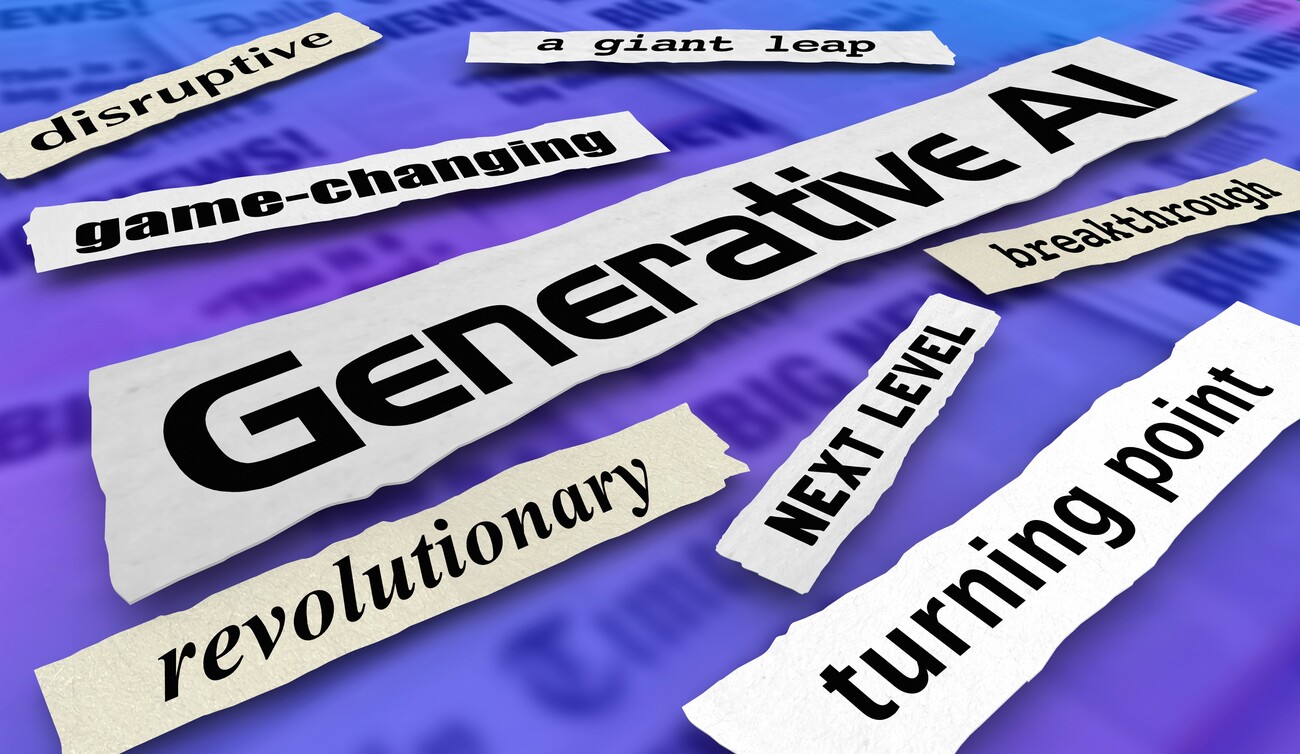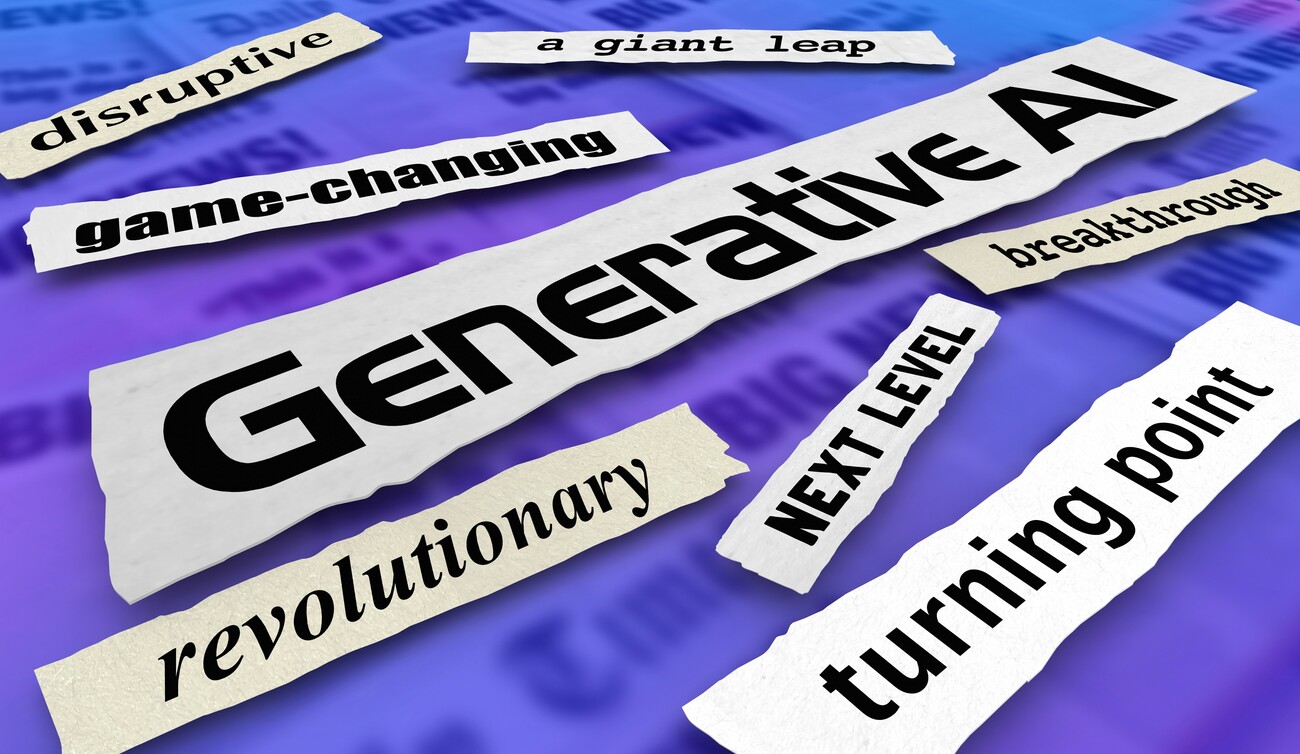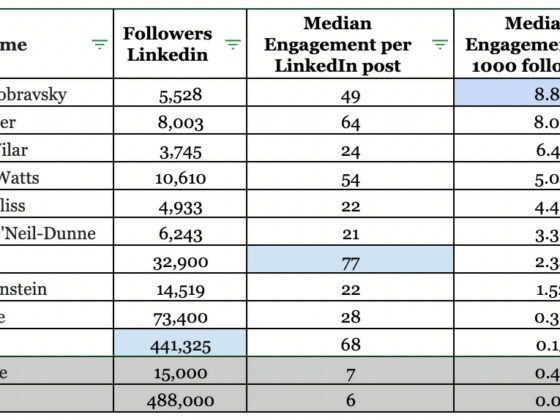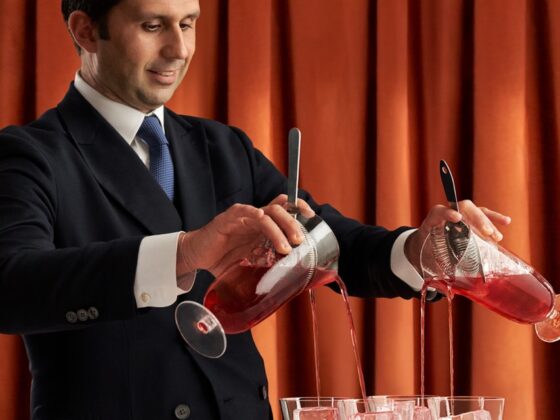
For hotel tech leaders hoping artificial intelligence will swoop in and solve long-standing industry challenges, Josh Graham, Head of Market Development, North America at Cloudbeds has a reality check.
“You’re not just going to buy something off the shelf and have it revolutionize your business,” said Graham. “AI’s potential in hospitality is massive, but only if we fix the foundation—and that means tackling our fragmented tech and data structures first.”
During a conversation at HITEC 2025, Graham outlined a vision for what meaningful AI adoption looks like in the hotel space, emphasizing the need for infrastructure, not just innovation. He believes hospitality can’t just wait for consumer tech giants or generic AI vendors to deliver answers—it must develop solutions that are deeply aware of the industry’s nuances.
Moving from Insights to Action
Graham argues that one of the most overlooked hurdles in hospitality isn’t the lack of data—but the lack of actionable data. Many hotels have access to information on pricing trends, guest behavior, or marketing performance, but the ability to turn those insights into coordinated action remains elusive.
“In most hotels, pricing and marketing strategies are still managed in separate systems by separate teams, even though both aim to fill the same rooms,” Graham said. “You might have a revenue manager saying, ‘Drop the rate,’ while marketing waits for a campaign brief days later. That disconnect costs time—and money.”
He believes the future lies in systems that coordinate these commercial levers in real time. That doesn’t just mean integrating dashboards—it means rethinking how decisions get made and who or what makes them.
“What if your system could tell you: instead of dropping rate $30, try a $20 drop and launch two targeted campaigns instead? Then it monitors the results and recommends your next move based on actual performance,” he said. “That’s the kind of intelligent collaboration hoteliers should be pushing for—whether they build it or buy it.”
It’s a shift from reactive analysis to proactive orchestration, where hotel tech isn’t just reporting on what happened, but helping teams act on what could happen.
From Conversational AI to Operational AI
Voice assistants and chatbots are nothing new in hospitality—but Graham sees a fundamental difference between talking about information and actually doing something with it.
“The word everyone’s throwing around now is agentic—AI that doesn’t just respond but takes action,” he said. “That’s where we’re headed. Whether a guest is asking about availability or a manager is trying to optimize staffing, the system should be able to make that change—not just surface a recommendation.”
Imagine a voice-based system that not only confirms a room is available but initiates the booking. Or a guest messaging tool that detects a booking spike and suggests adjusting staffing or inventory levels before it becomes a problem.
But to unlock that kind of operational intelligence, Graham emphasized, hotels must re-engineer the flow of data across departments. “It’s not about giving staff more data—it’s about giving them the right data at the right time in a way that’s role-specific and usable,” he said.
For front desk agents, that means quick, context-aware cues—not full guest profiles. For GMs, it might mean alerts based on real-time conditions. The end goal? Empowering every team member to make smarter, faster decisions without having to dig through disconnected systems.
The Real Barrier: Fragmentation
But none of this matters if hotels don’t solve the real problem first: a tangled web of disconnected systems and inconsistent data.
“Hotels built their tech stacks by buying point solutions to patch the shortcomings of others. Now they’ve got 14 systems that all structure data differently,” Graham said. “Until that’s fixed, AI can’t do much.”
He’s skeptical when hoteliers claim their CRM has all the answers. “Ask them how many front desk agents actually have access to that CRM,” he said. “Usually, it’s zero. That’s not a centralized system—that’s a data silo with barbed wire around it.”
Even when access is possible, timing and relevance matter. “Front desk staff have 90 seconds to make an impression. They don’t need a full profile—they need a few, context-specific data points that are relevant to the moment. That’s what smart systems should be delivering.”
Cutting Through the AI Hype
Graham is the first to admit there’s too much buzzword inflation around AI in hospitality. “Every vendor is shouting ‘AI, AI, AI’—and a lot of it is, frankly, B.S.,” he said. “It’s like being at the dawn of the automobile era and people are trying to sell you lighter horseshoes. We’re missing the point.”
Instead of asking whether a product uses AI, he urges hoteliers to dig deeper: What kind of AI is it? How is it different from five years ago? What problems is it solving today—and can it take action, or is it just another reporting tool with a shiny new label?
He compares the current AI craze to past tech fads. “We all remember blockchain, CRS migrations, and legless avatars in the metaverse.”
Yet, Graham isn’t cynical. He’s gone from being a skeptic to a believer—especially in AI’s potential behind the scenes. “People don’t travel for logic. They travel for joy, grief, discovery. And that doesn’t fit neatly in a system. But AI can help staff better serve those moments—if it’s built right.”
Built from Within
Graham doesn’t think hospitality should wait for outsiders to solve its problems.
“This won’t be cracked by OpenAI or Salesforce alone. It has to come from inside the industry,” he said. “The AI revolution in hospitality won’t be televised—it’ll be coded from within.”
That, he argues, is the only way to ensure AI tools are grounded in hospitality-specific workflows, pain points, and guest needs. “Generic AI doesn’t know your check-in process, your staffing model, or what loyalty means in your context. We do.”
And to make that vision real? “We’ve got to get our data right, unify our systems, and build for the people who actually interact with guests. Otherwise, it’s just another hype cycle.”









